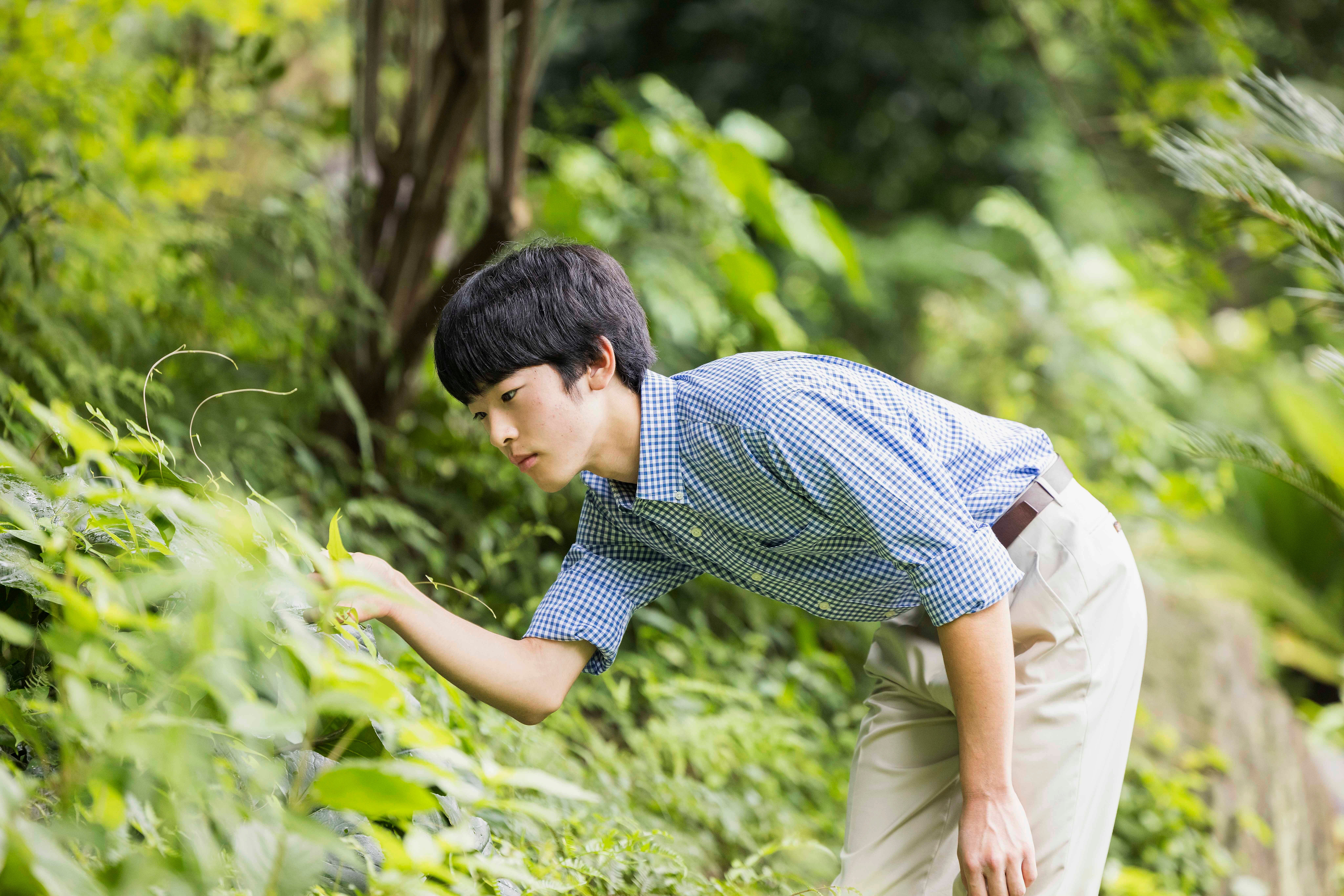Your support helps us to tell the story
As your White House correspondent, I ask the tough questions and seek the answers that matter.
Your support enables me to be in the room, pressing for transparency and accountability. Without your contributions, we wouldn’t have the resources to challenge those in power.
Your donation makes it possible for us to keep doing this important work, keeping you informed every step of the way to the November election

Andrew Feinberg
White House Correspondent
Japan’s Prince Hisahito, who turned 18 last week, became the first male from the royal family to reach adulthood in nearly four decades, casting a spotlight on the existential problems also facing the rest of the nation – an ageing population and declining birth rate.
Hisahito, who is the nephew of the present Japanese Emperor Naruhito, 64, is the youngest in his all-adult, 17-member imperial family. He is also one of the four men in the family and the second in line to the throne after his father, Crown Prince Akishino.
Akishino, 58, was the last male member of the family to reach adulthood in 1985. According to the existing Imperial Household Law, only men can succeed to the Chrysanthemum Throne.
The only other member eligible to succeed is Emperor Naruhito’s uncle, Prince Hitachi, who is 88 years old and third in line to the throne.

The law not only states that the women cannot succeed, but that women who marry commoners will also lose their imperial status.
This isn’t the first time that Japan’s succession has become such a talking point. From 2001 to 2006, there were several discussions in the Japanese parliament to consider amending the law and allowing women to succeed. This would have allowed Emperor Naruhito and Empress Masako’s daughter, 22-year-old Princess Aiko, to ascend to the throne. But the debate was shelved after Hisahito’s birth in 2006.
Running out of heirs isn’t the only problem the royal family is facing. With several members of the family over 60, it also has a deficit of young royals who can perform duties such visiting schools, receiving ambassadors and dignitaries, as well as participating in traditional Japanese ceremonies.
In June this year, Emperor Naruhito made a rare public acknowledgment of the issue, saying: “The number of male members of the imperial family is decreasing, they are ageing, and female members of the imperial family leave the imperial family upon marriage.”
“Due to these factors, the number of members of the imperial family who can take on public duties is decreasing compared to before. This is a problem that relates to the future of the imperial family, but I would like to refrain from commenting on matters related to the [legal] system.”
According to a poll by Kyodo News conducted in March and April 2024, 90 per cent of the respondents said they supported the idea of an empress and 72 per cent felt a “sense of crisis” about the stability of the succession.

Despite the rousing support for a woman ruler, the ruling Liberal Democratic Party (LDP) largely opposes the change. Debates were held to find solutions, which included options such as allowing princesses to remain royal after marriage, and bringing into the royal fold descendants of far-off branches of the family who lost their royal status after World War II. However, this doesn’t help the current problem, as the LDP continued to hold to their point that the ruler must only come from the male line and not female.
An ageing and shrinking population isn’t a crisis just plaguing Japan’s royal family, it’s one that looms over the entire country. According to health ministry data, the number of births in Japan for the first half of the year dropped to the lowest since 1969.
According to the latest data, Japan’s fertility rate – the average number of babies a woman is expected to have in her lifetime – also reached another record low, with only 727,277 births recorded last year. It brought the fertility rate down from 1.26 to 1.20 – well below the 2.1 rate needed for a stable population.
The government has earmarked 5.3 trillion yen (£28.33bn) as part of the 2024 budget to beef up financial support for parents raising or expecting babies, as well as to widen access to childcare services and expand parental leave benefits. The government even suggested initiatives that aimed to entice women into moving to rural areas with financial incentives to boost the low marriage rate, which many say is the reason for the failing birth rate.
Critics of these initiatives have pointed out that they are largely aimed at married couples who plan to have or who already have children, and do not look at trying to figure out why young people are reluctant to get married.

“Simple economic measures such as increase of subsidies are not going to resolve the serious problem of declining births,” Takahide Kiuchi, an executive economist at Nomura Research Institute, wrote in an analysis report, adding that a conservative mindset espousing traditional gender roles at home and at the workplace also needs to change.
Surveys have shown that younger Japanese men and women are having a hard time deciding to get married or raise children due to bleak job opportunities and the high cost of living.
Conventional and rigid beliefs around gender roles are carried over into the workplace, with few workplaces offering flexible hours or parental leave, especially to men, placing a disproportionate burden on working mothers.
Japan’s population will likely decline by about 30 per cent to 87 million by 2070, with four out of every 10 people aged 65 or older, according to estimates by the National Institute of Population and Social Security Research.

